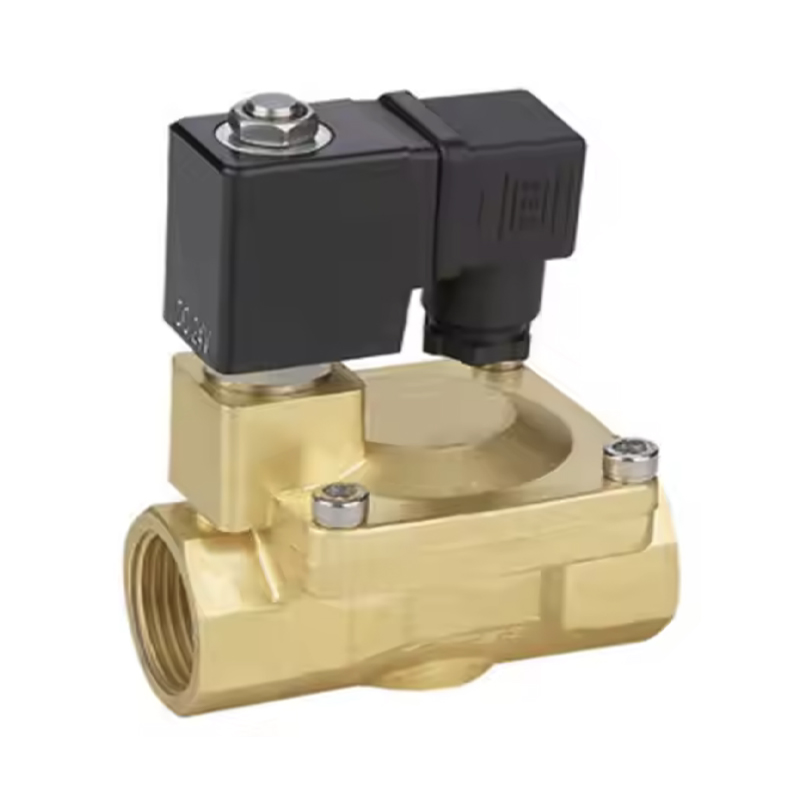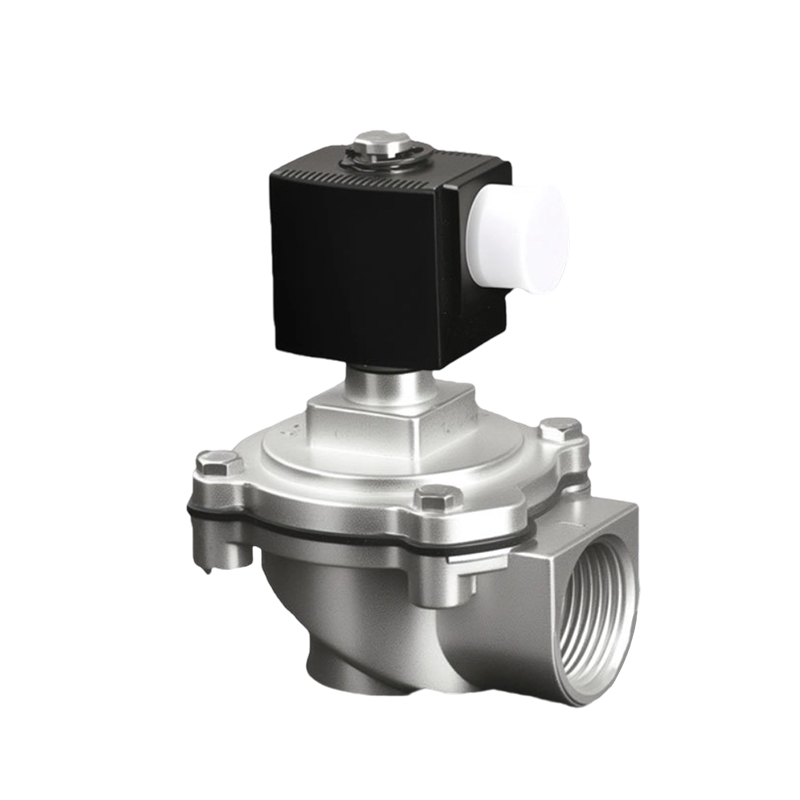-
Designed for precision control and low-power operation, the Brass Pulse Solenoid Valve from the AL- LC Series delivers reliable latching/pulse functionality in a compact, durable brass body. This valv...
-
Designed for precision control and low-power operation, the Brass SS304 Solenoid Valve from the AL- LC Series delivers reliable latching/pulse functionality in a compact, durable brass body. This valv...
-
Designed for precision control and low-power operation, the Plastic Pulse Solenoid Valve from the AL- LC Series delivers reliable latching/pulse functionality in a compact, durable brass body. This va...
Latching Operated Solenoid Valves Manufacturers
0.05Watt, 0.002A, Our latching/pulse valve no need setting back signal, can be ON/OFF with few currency

Alahot (Zhejiang) Technology Co., Ltd. is a technology-driven manufacturer of solenoid valves. As Latching Solenoid Valves Manufacturers and Pulse Solenoid Valves Company in China, we integrate electromagnetic control, fluidic design, communication protocols, and software engineering to build valves with intelligent sensing and precise control.
We deliver more than components—we deliver control units that can be embedded into your system, sensing, responding, and collaborating to enhance overall performance and value.
At Alahot, technology is not a buzzword. It's a verifiable ability to solve. We’ve delivered solutions that others couldn’t.
From battery-powered irrigation systems, to closed-loop HVAC controls, to ultra-quiet miniature valve assemblies for medical devices. These weren’t product tweaks—they were full-stack, co-engineered systems from hardware to software. We can deliver your first sample in two weeks—or keep optimizing its every detail for five years.
News and Information
Industry knowledge
Industry knowledge
No Return Signal Design and Its Impact on Valve Efficiency
In traditional solenoid valve systems, maintaining the ON or OFF state often requires a continuous holding current or a return signal to reset the actuator. The no return signal design of modern Latching Solenoid Valves and Pulse Solenoid Valves eliminates this dependency. Once activated by a brief electrical pulse, the valve remains in position without additional energy input. This approach reduces energy loss, simplifies circuit control, and significantly enhances reliability in portable or battery-driven systems.
Practical Advantages of Low-Power Pulse Valves
Using only 0.05W and 0.002A, these valves are optimized for applications where energy conservation is crucial. Their minimal current draw allows system designers to extend battery life and minimize heat generation, which is vital in medical, agricultural, and environmental monitoring systems. Such ultra-low-power performance supports long-term unattended operation in remote or embedded environments.
Control Simplification Through Pulse Activation
Because Pulse Solenoid Valves rely only on short-duration activation pulses, they eliminate the need for continuous control voltage. This simplifies circuit architecture, particularly in distributed or wireless systems. The simplified control logic also reduces the number of components, making it easier to integrate into digital platforms such as microcontrollers or IoT-based valve management systems.
Comparison: Traditional Solenoid vs. Latching Pulse Design
| Feature | Traditional Solenoid Valve | Latching / Pulse Solenoid Valve |
| Power Consumption | Continuous current required | 0.05W, pulse only |
| Signal Requirement | Needs return/reset signal | No return signal needed |
| Thermal Management | High temperature due to current holding | Minimal heat generation |
| Application Suitability | High-power, stationary systems | Battery-powered, embedded systems |
Applications Enhanced by Latching Pulse Technology
- In irrigation systems, latching control enables precise water release timing with minimal power, ideal for solar-powered automation.
- In HVAC systems, pulse valves improve closed-loop responsiveness while reducing the energy load on building management networks.
- In medical equipment, miniature Latching Solenoid Valves provide ultra-quiet operation and long service life, supporting stable performance under low current conditions.
Integrating Intelligence into Valve Systems
The advancement of pulse-actuated valves aligns with the industry’s shift toward integrated intelligent control. Modern systems can monitor valve status, adapt to pressure variations, and communicate with supervisory software. For manufacturers like Alahot, the combination of electromagnetic design, fluidic dynamics, and embedded communication protocols results in valves that not only open and close but interact intelligently within a networked environment.
Key Takeaways for System Designers
- Use of pulse activation reduces total system energy footprint.
- No return signal design simplifies control logic and hardware cost.
- Low-current operation supports compact, mobile, and autonomous devices.
- Integration with sensors and communication protocols enables intelligent feedback systems.



 English
English Español
Español







